
Best Marketing Campaign Demand Prediction using Machine Learning
Marketing Campaign Demand Prediction
Marketing campaigns are one of the most important strategies for businesses to attract customers and boost sales. However, predicting how successful a campaign will be is often challenging. This is where machine learning plays a vital role. In this blog, I will walk you through the project Marketing Campaign Demand Prediction using Machine Learning, which I explored as a student. This project combines data analysis, model training, and prediction to forecast customer demand during campaigns, making it highly useful for real-world applications.
Project Overview
| Attribute | Details |
|---|---|
| Project Name | Marketing Campaign Demand Prediction |
| Language/s Used | Python |
| Database | CSV Dataset (Customer Acquisition Campaign Data) |
| Type | Machine Learning & Web Application |
Download New Real Time Projects :-Click here
Introduction
The project aims to predict campaign demand (number of customers) using a dataset containing features related to marketing campaigns by a supermarket chain. By analyzing customer transactions, food categories, sales, and acquisition costs, the model forecasts how successful a particular campaign will be. The project uses Python libraries like Pandas, NumPy, and XGBoost, with a Flask-based web interface for predictions.
As a student, I found it very engaging because it not only taught me the basics of data preprocessing and model building but also helped me understand the business impact of predictive analytics.
Available Features
Based on my exploration, the project provides the following features:
- Campaign Demand Prediction: Input campaign-related data and get predicted customer demand.
- Pre-trained Model Integration: Uses machine learning models trained on real campaign data.
- Data Validation: Ensures input data matches the required schema before prediction.
- Flask Web Application: Provides a user-friendly interface for making predictions.
- Training Module: Includes scripts for training the model on updated datasets.
Installation Guide (VS Code)
To run the project in Visual Studio Code (VS Code), follow these steps:
- Clone or Download the Project
# Extract the project folder cd Marketing-Campaign-Demand-Prediction-main - Create a Virtual Environment
python -m venv venv - Activate the Virtual Environment
- On Windows:
venv\Scripts\activate - On macOS/Linux:
source venv/bin/activate
- On Windows:
- Install Dependencies
pip install -r requirements.txt - Run the Application
python main.py - Access the Web App
Open your browser and go to:http://127.0.0.1:5000/
Usage
The project primarily has one main role: the User, who interacts with the system through the web interface.
- User Role
- Uploads or inputs campaign-related data such as food category, sales, costs, and unit sales.
- Clicks the prediction button to view the expected customer demand.
- Can test multiple campaign scenarios by changing input values.
- Admin/Developer Role
- Uses the training script (
trainingModel.py) to retrain models when new campaign data is available. - Manages schema validation and ensures data consistency.
- Maintains the deployed app for better accessibility.
- Uses the training script (
This setup ensures that both end-users (like marketing teams) and technical developers benefit from the system.
Contributing
Contributions are always welcome. If you want to enhance this project:
- Fork the project.
- Create a new branch for your feature or bug fix.
- Commit changes with clear messages.
- Submit a pull request.
Make sure to follow clean coding practices and test thoroughly before contributing.
License
This project comes with an open-source license included in the repository. Please refer to the LICENSE file for complete details before using or modifying the code.
Final Thoughts
From a student’s perspective, this project is an excellent learning resource because it bridges machine learning concepts with real-world marketing use cases. By running the project, I learned how to handle data preprocessing, train predictive models, and deploy them in a user-friendly way.
In real life, such systems can help supermarkets, e-commerce businesses, and retail companies forecast campaign demand more accurately, reduce wasted marketing budgets, and target the right audience. For students, it not only sharpens technical skills but also provides valuable exposure to how AI can drive smarter business decisions.
In summary, Marketing Campaign Demand Prediction using Machine Learning is a project that combines technical rigor with practical relevance — making it highly beneficial for both academic exploration and professional growth.
We have projects Available in all languages:–Click Here
demand-forecasting using machine-learning github
machine learning demand forecasting and supply chain performance
demand forecasting machine learning project
inventory demand forecasting using machine learning github
retail demand forecasting machine learning
how to build a demand forecasting model
demand forecasting in supply chain management using different deep learning methods
demand prediction in retail
marketing campaign demand prediction using machine learning github
marketing campaign demand prediction using machine learning pdf
marketing campaign demand prediction using machine learning python
marketing campaign demand prediction using machine learning example
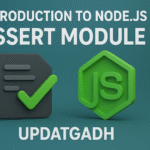

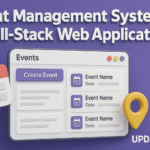
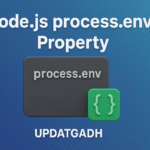
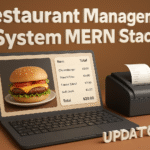


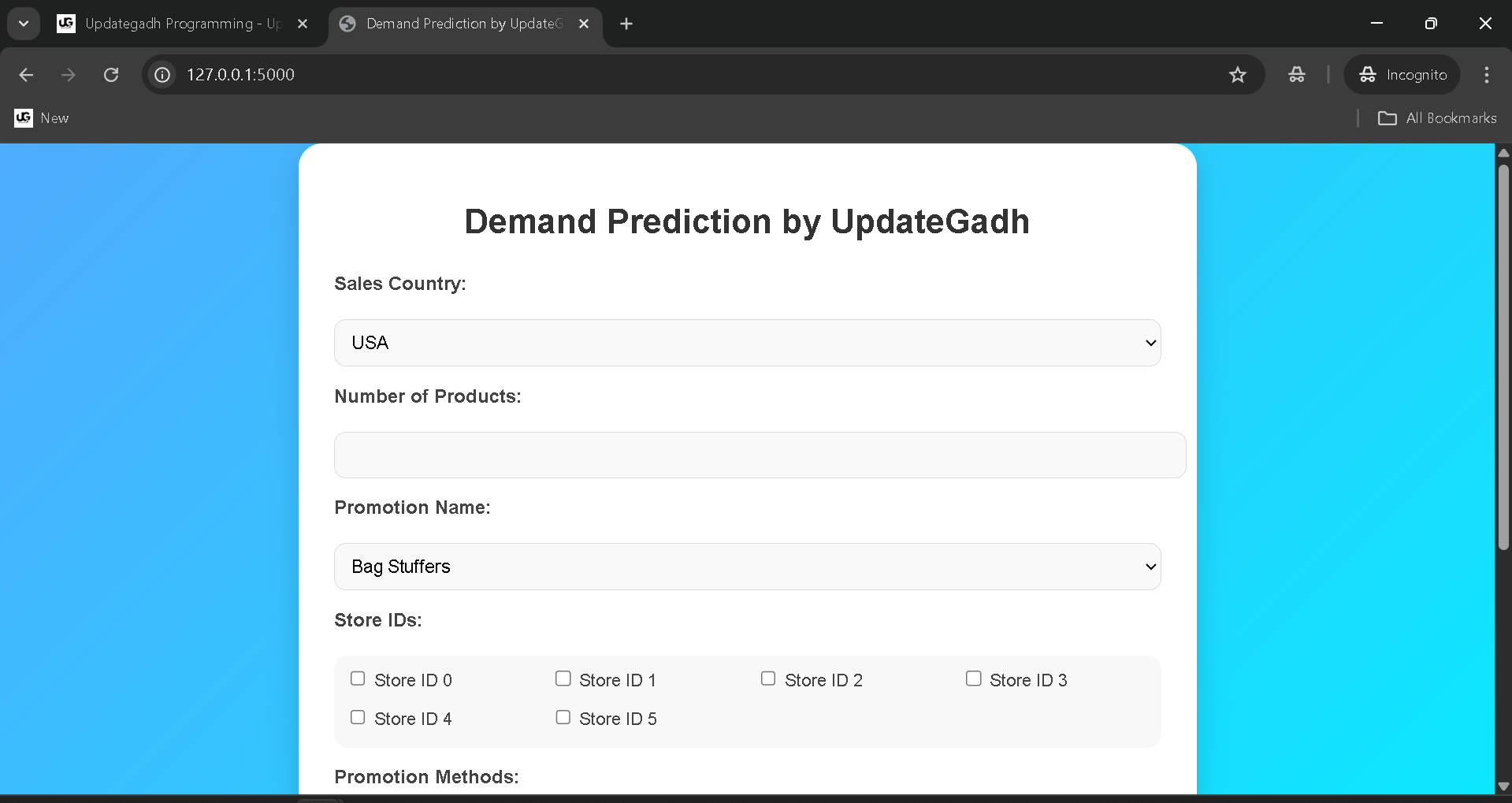
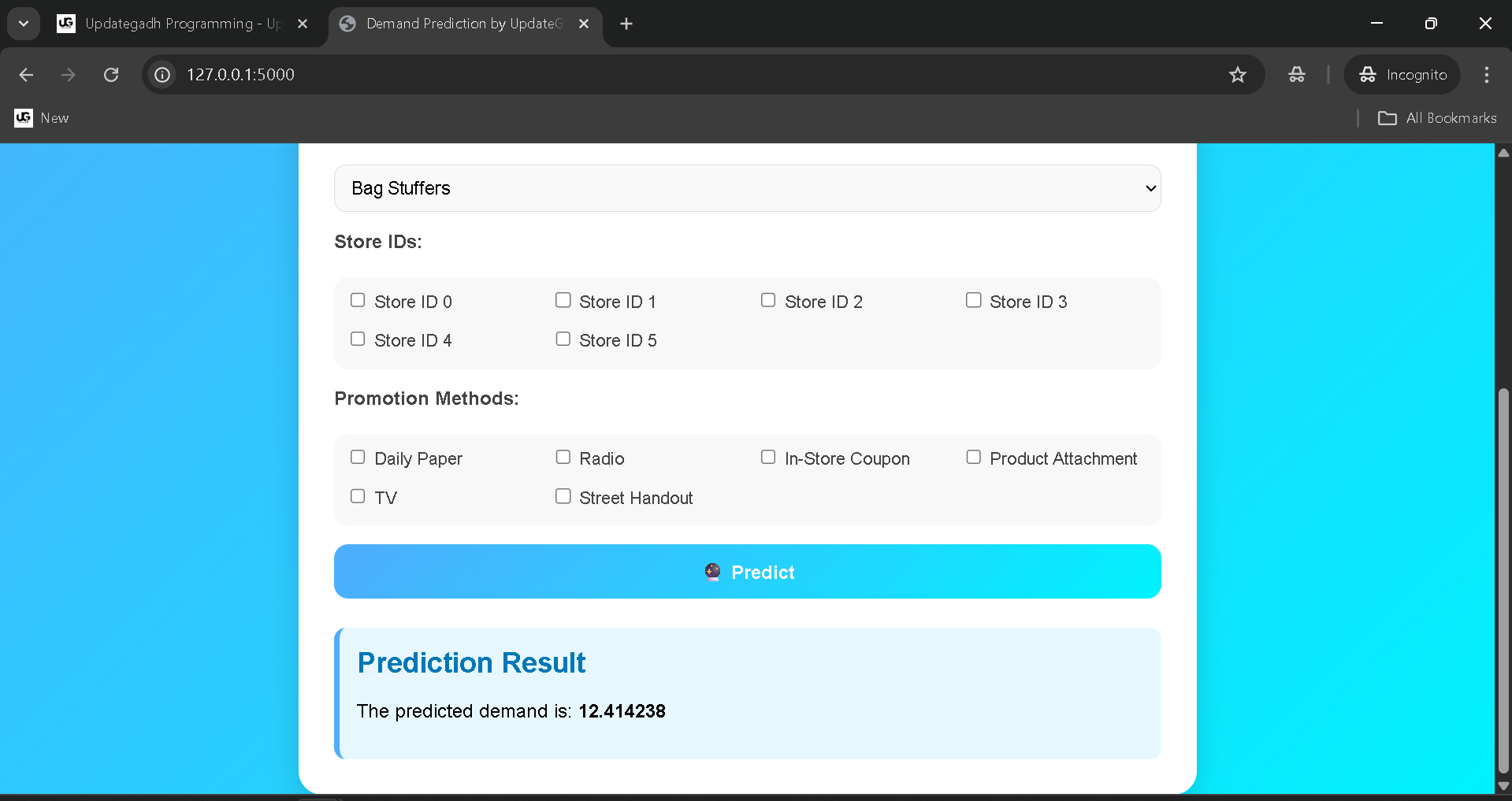

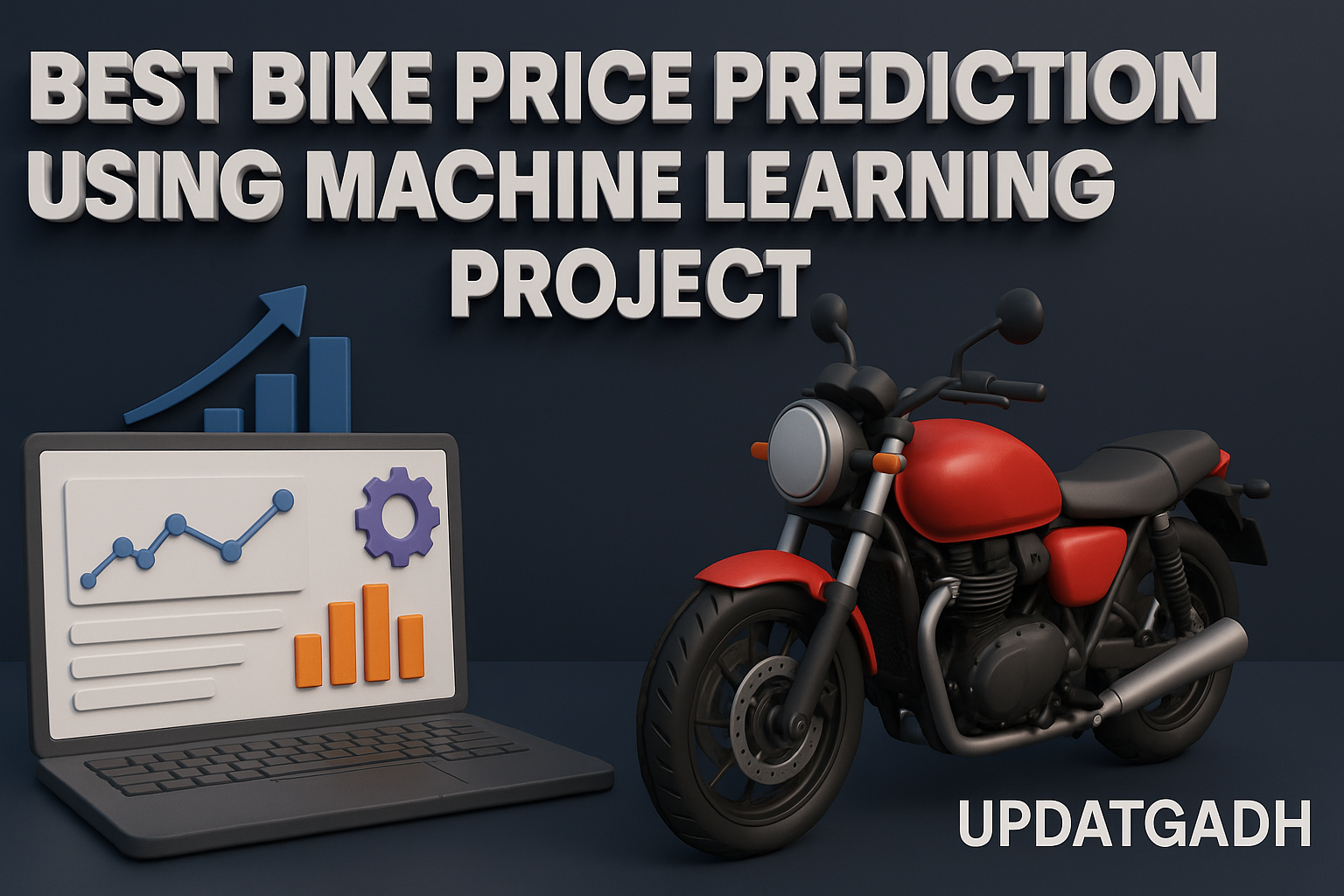
Post Comment